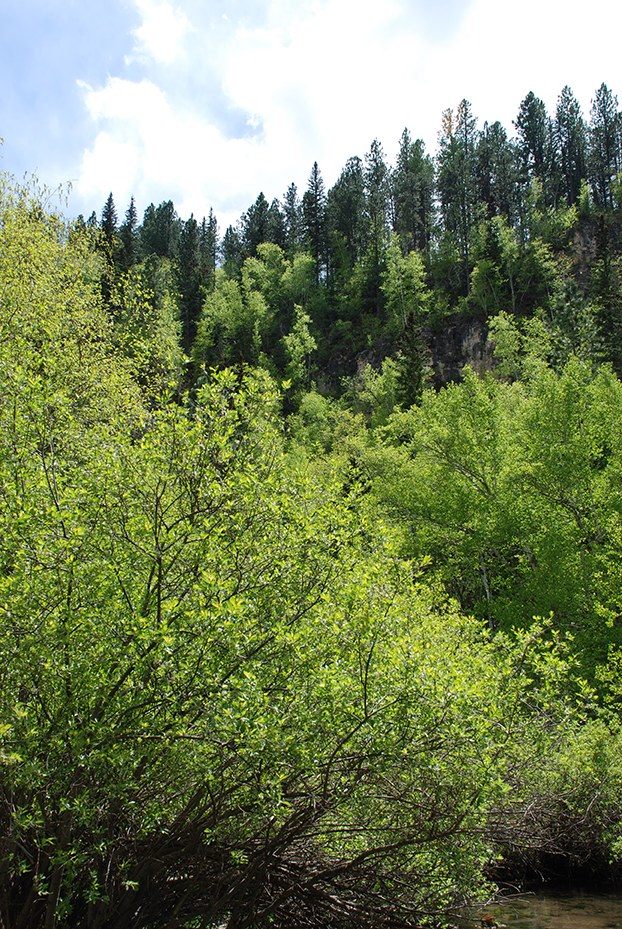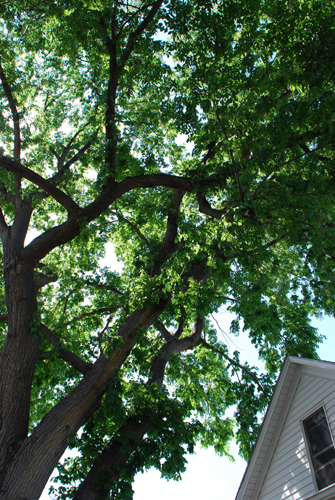In J.R.R. Tolkien’s Lord of the Rings, trees walk and talk and take part in a war between good and evil. In the book, they constitute a separate race of sentient beings called Ents. Little did Tolkien know, from his perspective in the middle of a great world-wide depression, how close he was to the reality of trees.
Now we know that trees communicate and take part in skirmishes. Although individual trees don’t walk, as species they move. Right now they are migrating northward.
As to the skirmishes, imagine this cooperation in a battle to the death. Your gigantic American elm tree comes under attack by leaf-eating caterpillars. How does it defend itself? It releases pheromones to attract parasitic wasps. What about the pine tree next door? It detects the elm’s pheromones and produces some of its own—and here come the wasps.
You go into the shelterbelt, find a convenient ash or elm where you can settle your back against the trunk. Does that feeling of euphoria come from the sound of leaves rustling in the breeze, from your cool escape from the sun, or maybe from the tree’s pheromones?
A woman in Australia, Monica Gagliano, has evidence that some plants emit a “crackling noise” in the roots at 220 hertz. We can’t hear it, but maybe trees can. What are they talking about underground? I’ve written before about trees communicating and cooperating underground where they share water and nutrients over a complex network of interconnected roots and micro-fungi. It appears to be a supportive system that nurtures all its members over acres and acres of trees, especially the young ones.
While individual trees planted in isolation may not get lonely, their chances of survival diminish with solitude. And how about us? As we clear-cut stand after stand of trees to feed our hunger for everything from new houses to paper, where will we go to lean against a tree trunk and contemplate nirvana?

